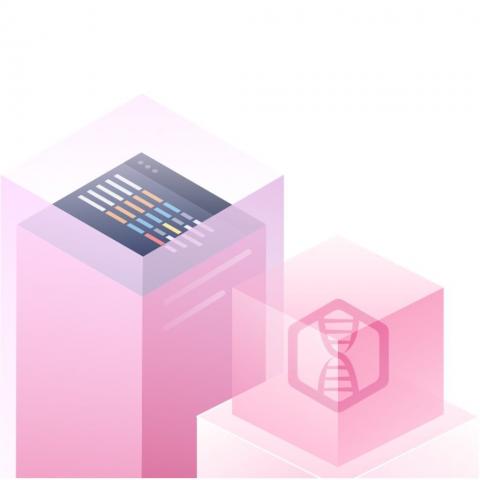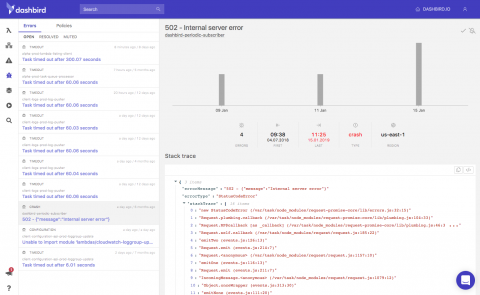Kubernetes Networking with Calico
In this post, I’m going to cover some of the fundamentals of how Calico works. I really don’t like the idea that with these Kubernetes deployments, you simply grab a yaml file and deploy it, sometimes with little to no explanation of what’s actually happening. Hopefully, this post will servce to better understand what’s going on.











